|
There are differing speculations as to how Split received its name, but my theory is both literal and symbolic. This city has a split personality. It consists of polar opposites that work together, nonduality, like yin and yang, according to yoga philosophy. Split is famous for its impressive Diocletian's Palace, built along the half-moon-shaped harbor. Diocletian ordered this retirement home to be built by 305CE with 11,000 slaves in only 8 years. Diocletian is known for being the Roman Emperor who split up or divided the extensive empire into two parts, to make it more managable. Likewise, his palace/fortress is divided into two parts: military quarters on the North side and royal residence on the South side. This ruthless leader claimed to be a son of the god, Jupiter; similar to other polytheistic cultures like in Ancient Egypt, in which the rulers and royalty considered themselves to be divine. Diocletian spent some time absorbing the eastern cultures and he obtained 13 black sphinxes from Luxor to decorate his new palace. These seperate creatures come together to represent the lion's strength combined with a king's intelligence. To the Ancient Romans, the eagle was a symbol of a messanger from the god, Jupiter. Slowly, the symbol of the Ancient Roman Empire became the eagle, also a symbol of wisdom, height, and ingenuity, and when Diocletian split the empire, the eagle symbol also halved into a two-headed creature with one head for the West, and one for the East.  Diocletian executed Christians, even his own wife and daugther, as he considered their faith to be treason to his rule. On the flip side, as a revenge after his death, Christians mutilated and destroyed his precious ojbects. Only one sphinx is still intact. Ironically, Diocletian's remains now rest beneath a Christian church that was built during the succeeding Holy Roman Empire, his worst nightmare. Even the stones used in this palace show a sense of divergence. High quality marble was quarited from the nearby island of Brac alongside while red tuff clay bricks that were baked from local river silt. Today, many of the cylindrical classical corinthian columns, that line the Peristyle center square of the palace, clash and oppose with the drab and dull rectangular columns (probably built during the communist reign) found in some of the city's commerical buildings and apartment residences. The Ancient Palace has been continuosly rebuilt and repaired throughout the last 2000 years due to war and changes in govenment from medieval kings, to Venetian Emperors, and German Nazis invasion to YugoSlavic submission. Most of the royal and military quarters of the Palace are now apartments or hotels, restaurants or shops. On the contrary, some buildings built within the last 60 years are abandoned and crumbling. Furthermore, the pristine water is oftentimes littered by trash. Family beaches are surrounded by both detailed street art and harsh, but simple tagging of graffiti. A variety of these street paintings send inverse messages to the viewer: the pope blessed this city, gather clean water from the fountain well, sleep on the beach bitch, etc. Sculpture busts hang above doorways in residences to show wealth. However, they also have a symbolic binary meaning: old/young, or evil/good. Even nature in this dynamic city has a split personality. The first half of the day can be almost unbearable with the hot and humid sun, while the late afternoon often brings thunder, lightning, and rain. The sun is represented in both street art and more official relief sculpture growing out of the clock tower. Most inhabitants and tourists hide inside during this time of the day, but they fill the streets and main Riva (Rivierra) during dusk and night, sometimes returning home at dawn. In addition, Mediterranean pine trees grow locally here and palm trees were brought in from Hawaii to line the Riva. Pine trees represent humbleness, prosperity, good fortune, and protection. While palm trees symbolizes victory, expansion, unity, and balance.  Dualailty can even be noticed in the street pigeons. Opposite in color, yet attracting each other to be one. The delightful experience of sipping on espresso in a charming cafe can even turn into a nightmarish experience when local start blowing cigarette smoke in your face. Now that science has determined and gone public what a terrible health threat smoking can cause, I'm surprised that smoking is still so prevelant and tolerated indoors here in Eastern Europe. Another flipside to Split is the service in restaurants. I have experienced both the nicest servisce and the rudest, in literally the same day! Finally, my favorite contrast can be admired in the artwork of Croatia's most famous 20th century artist, Ivan Mestrovic. In his sculptures, women are calm and serene, while men are showing signs of struggle. Further, many of his sculptures are cast in dark bronze, while others are carved out of marble. He captures the human body expressing the deepest feelings with his characteristic elongated faces and fingers, like mannerist painters of the 18th century, or the Italian painter, Modigliani. In conclusion, Split is an exciting city, packed with highs and lows, along with inspiration around every corner- including Half Moons! Standing Half Splits
2 Comments
Buda and Pest, separated by the Danube River, represent two halves that make the whole. Similar to what I mentioned in my previous blog post about the Sun and the Moon, Yin and Yang, cool and warm, Budapest thrives on contrast and balance. Buda's hills and cliffs were the home of the Royal Palace and Royal Castle since 1265 CE and, in contrast, Pest was a separate city on the flat Eastern side of the Danube, until the construction of the Chain bridge that unified the cities in 1873. The coat of arms for Pest even shows a royal crown highlighted like a sun and a contrasting moon on the other side. As I stroll and bike-ride through the cobblestone pathways, I see detailed evidence of war heroes, kings, and art movements sprinkled throughout architecture, sculptures, and even bridges. These intricate and visually aesthetic forms do contrast with some of the more dreary aspects of graffiti, communist architecture, and monuments of those sacrificed for another idealism. The Hungarian people settled in this thermal spring oasis as Magyar tribes after hunting and wondering for hundreds of years. Even though winters can be harsh in this region, people have been flocking to these 80 thermal baths with very hot contrasting temperatures ever since their discovery. Settlement began in 896 CE while growth and change morphed this culture to be a civilized world power in the twentieth century as the Austro-Hungarian Empire. This change was a shift in opposites, an energy like sunshine, causing a balance: nomadic to civilized. The height of these developments can be seen through a culture's art: classical corinthian, ionic, and doric columns supporting triangular piedmonts. Bronze statues of the kings tell the storybook version of the heroes of Hungary. Vajdahunyad Castle, designed by Ignác Alpár, was built with a piece of architectural intelligence from many eras in the Hungary's architectural past: Romanesque, Gothic, Baroque, and Renaissance. Finally, Art Nouveau's organic influence brings much of the city to life with leaves and flowers incorporated into metro signs, street lamps, bridges, gates, etc. Further, Budapest shifted again in the twentieth century to a darker side of the moon. Budapest was oppressed for approximately 55 years by a violent and dark communist empire. The opposite of freedom and beauty, the Soviets plunked on dreary, simple gray apartments and buildings, void of style and detail, face to face with the city's gems. The nearby iron curtain left artists and travelers trapped and unable to see stimulation and inspiration through travel in other parts of the world. When the oppression and terror finally ended, the statue of liberty (that was first set up as a symbol of liberation, by the Soviets, from the Nazi Germany occupation in 1947) was covered and then redisplayed to show a new freedom when the oppressing Soviet communism lost its reign on Budapest. Today, cutting edge Hungarians have "seen the light" as they are creating softwares and technology for the future, including Prezi cloud presentation system and a biometric technology palm scanner, along with LiTraCon, a light transmitting concrete that is a mix of concrete and optical glass fibers. Sometimes they are balancing on foot or lunging forward, sometimes they are demonstrating support of the building with their body. Further, some figures are using the sun's energy for war. While another is using the moon's energy for peace and quiet. At other times, these figures are falling in defeat, or sitting tall in reverence or meditation. As a traveler, one can even notice these contrasts in the the daily shift from cloudy to sunny, stormy to peaceful, warm to chilly. Budapest has a timely and bustling airport and metro system, however international train travel takes us back 30-40 years in a decrepit office with long lines and hand written tickets that cannot be purchased online. More contrasts of yin and yang, energetic and relaxed, positive and negative appear in the street art, also known as graffiti that is popular in ruin pubs. Phrases like, "Never miss an opportunity to be fabulous" and "Breathe...Relax" are paired with outlines of middle fingers and phrases like, "Say Maybe to drugs." Budapest today is a lovely, clean, and affordable central urban space and I recommend it for anyone who would like a taste of Europe and who has open eyes to see and feel the balance within its humanistic and artistic circle.
|
Hannah Faulkner
|





































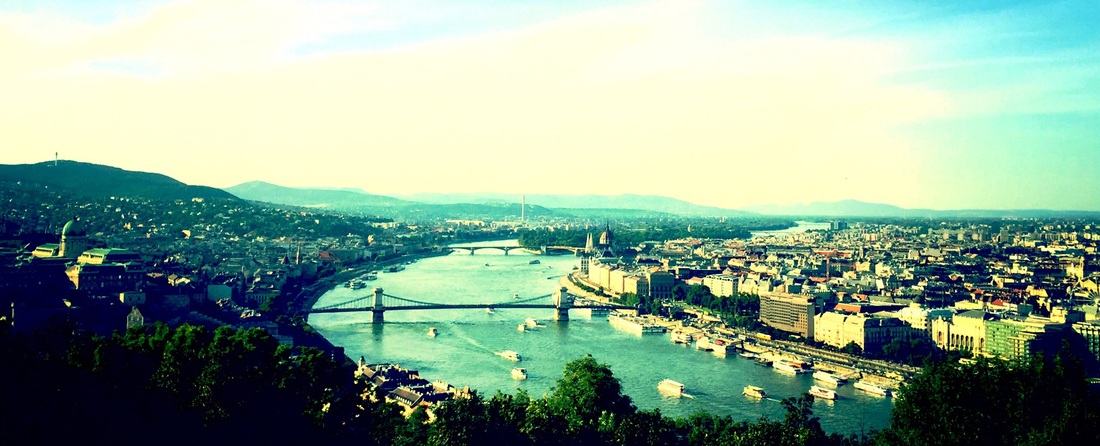
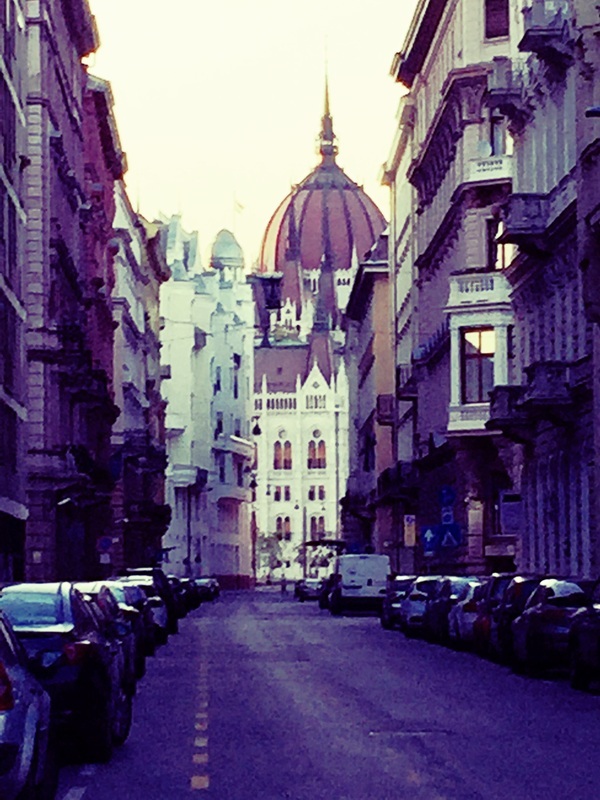
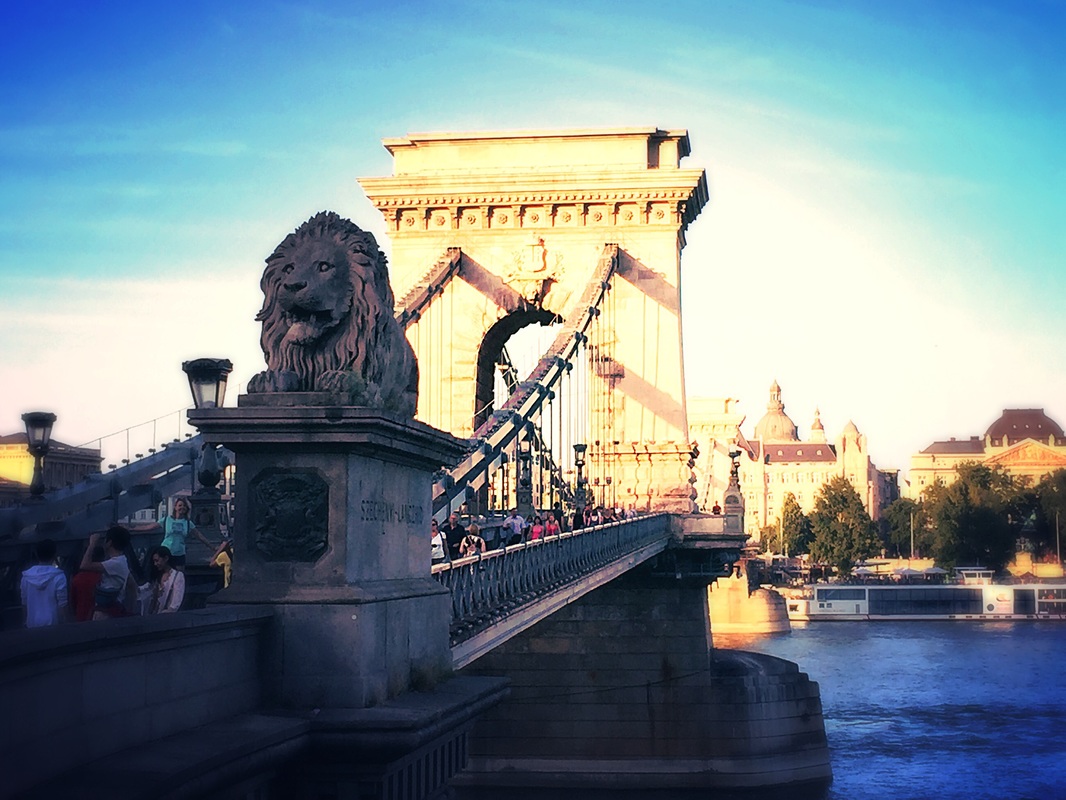
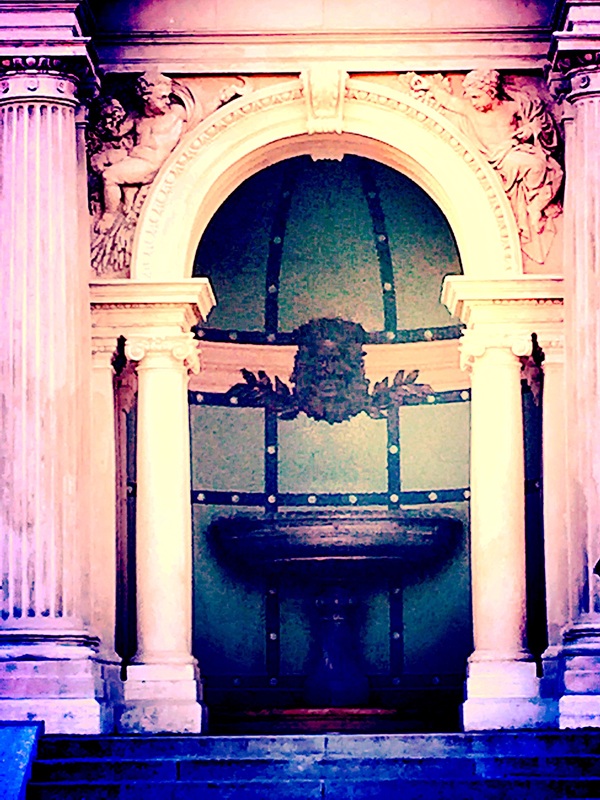
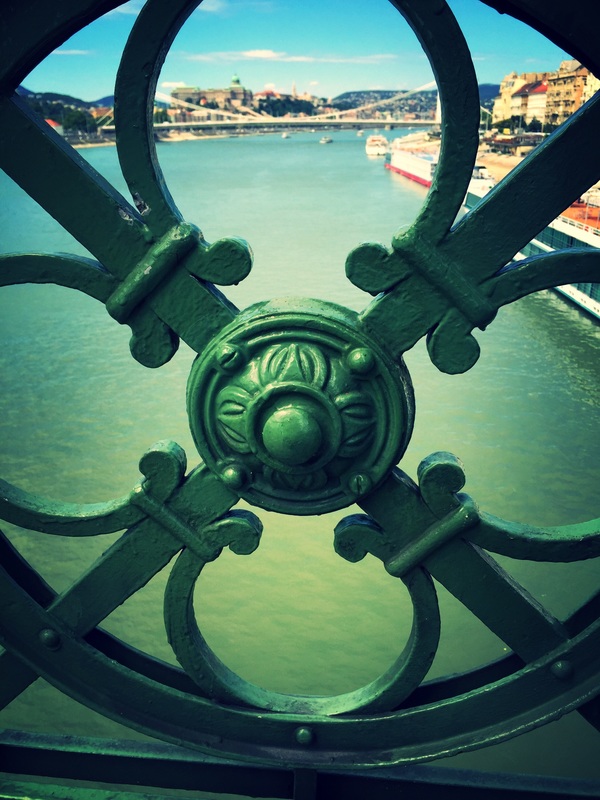

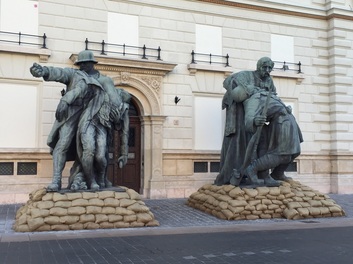
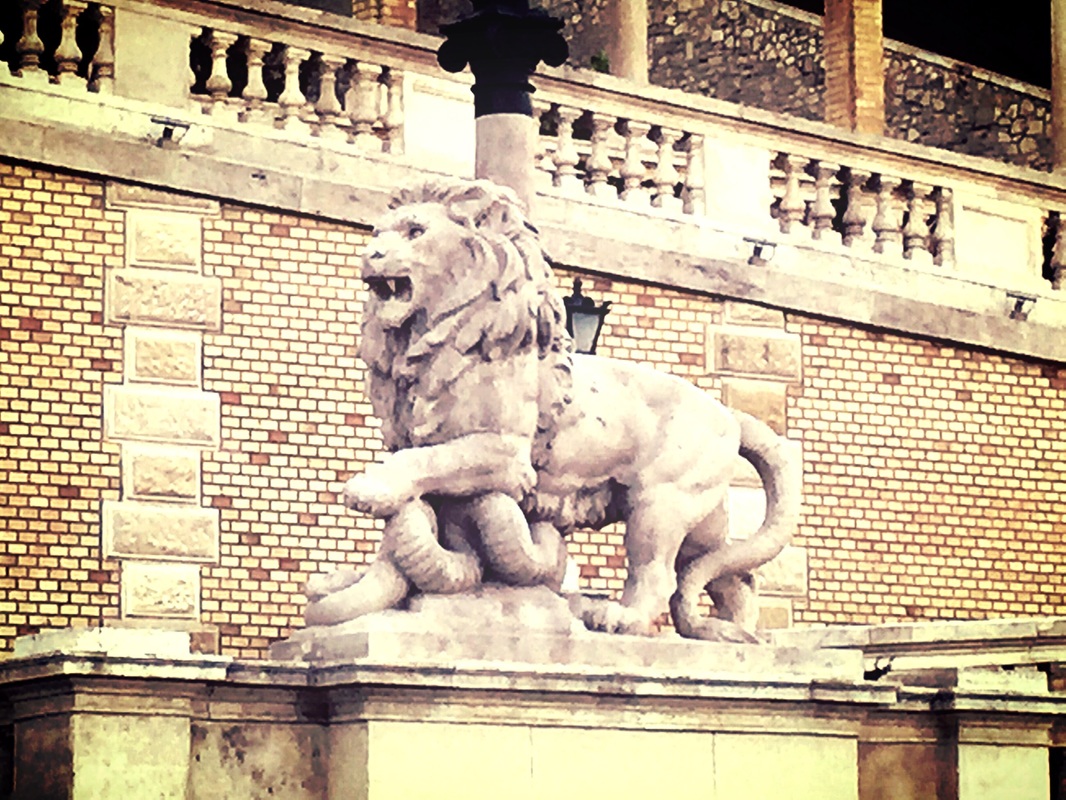
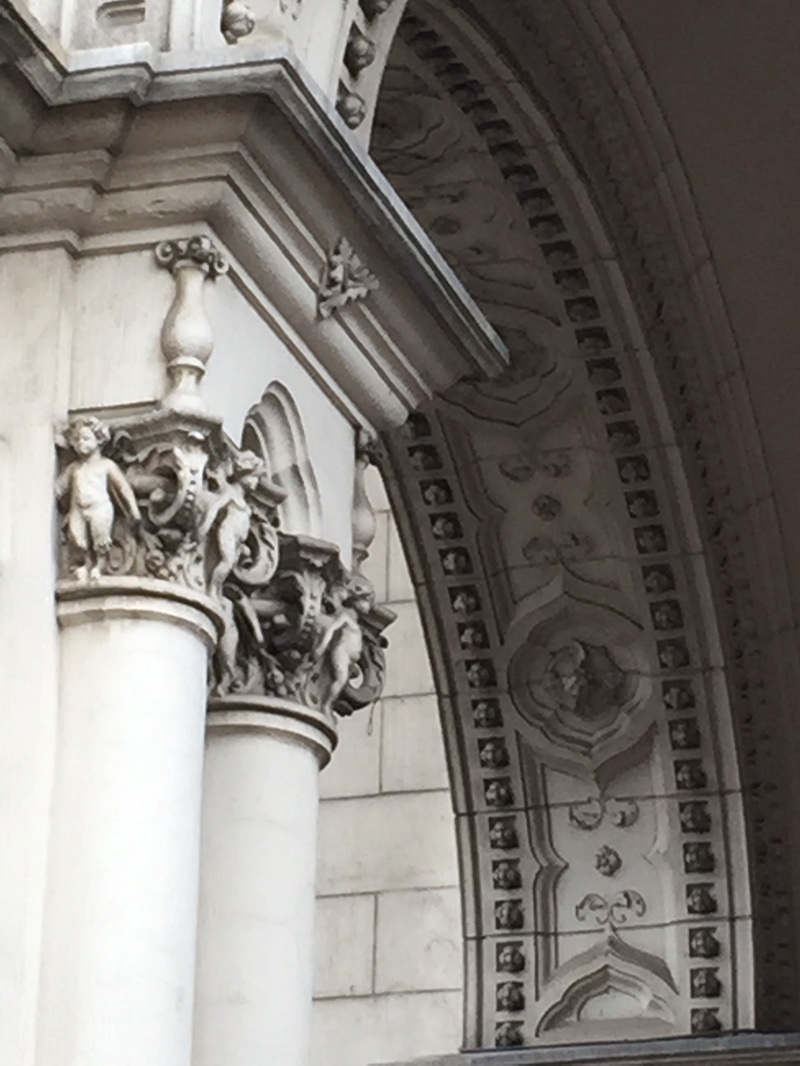
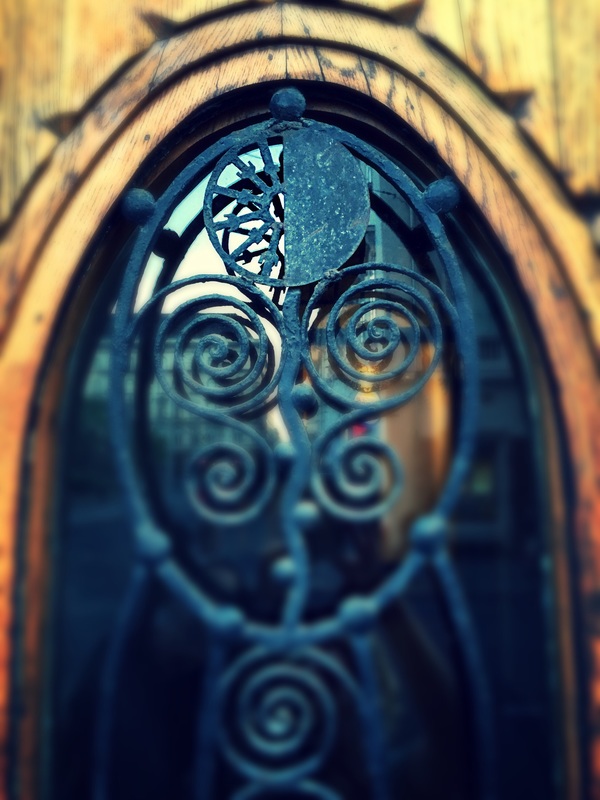
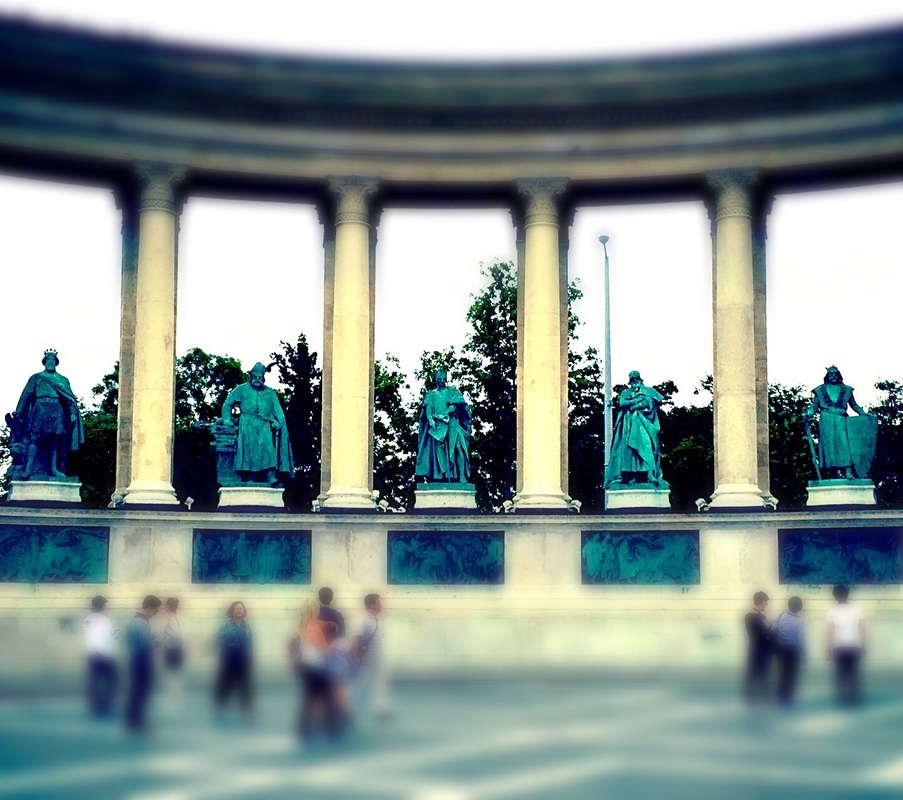
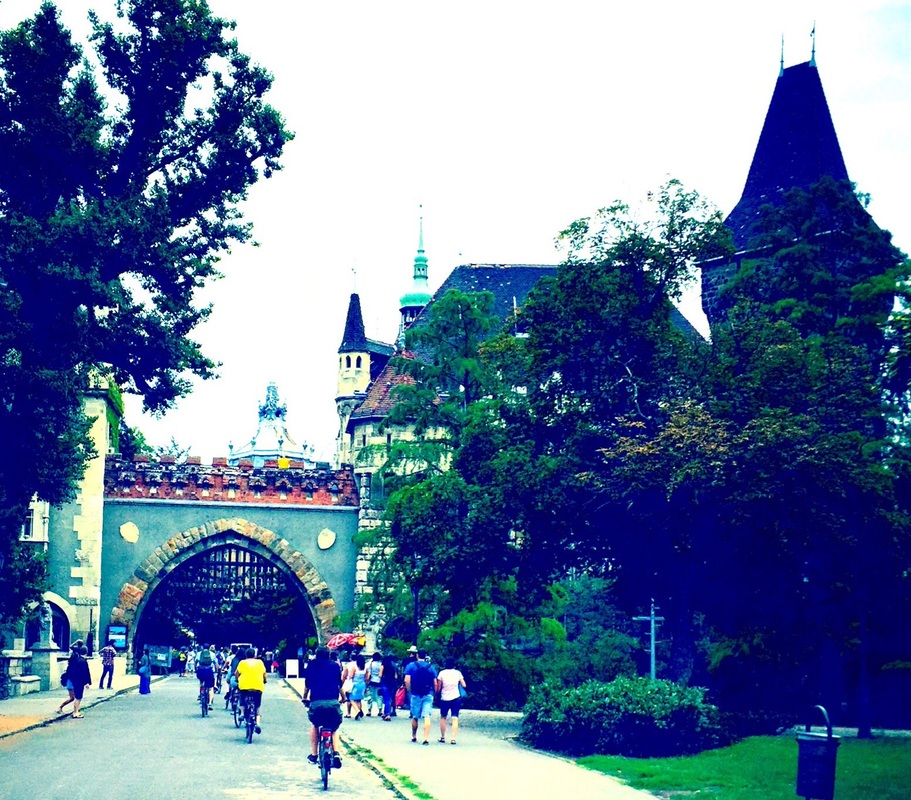
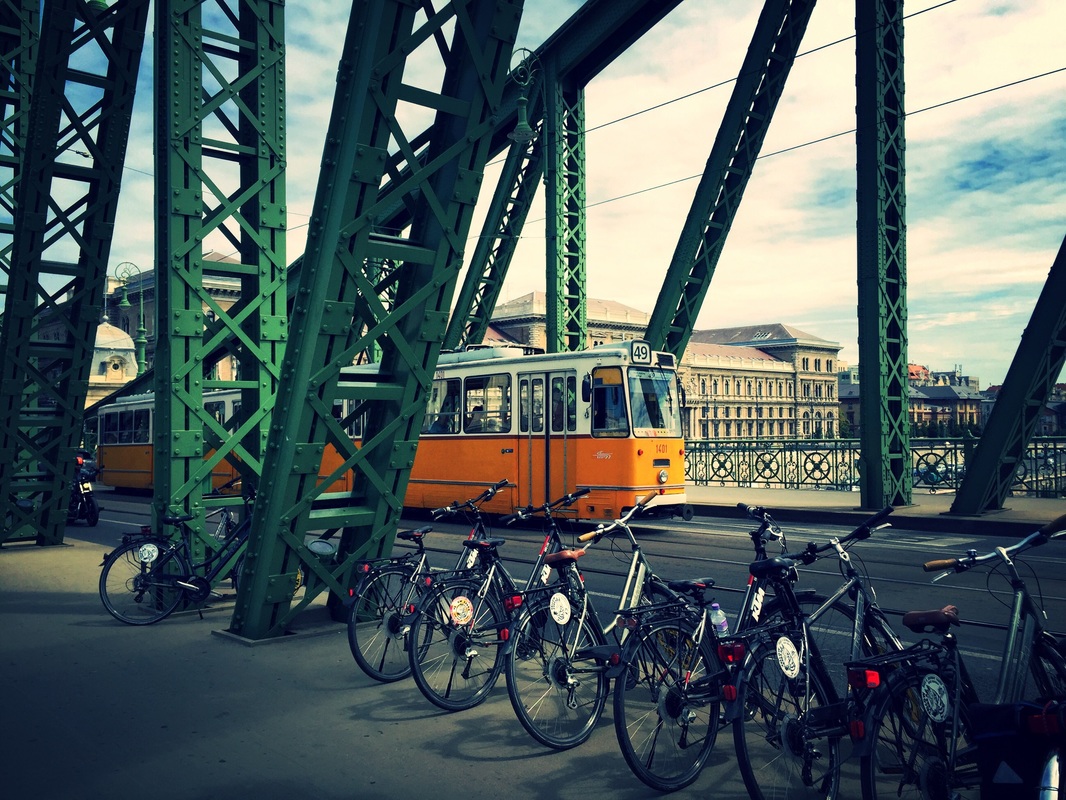
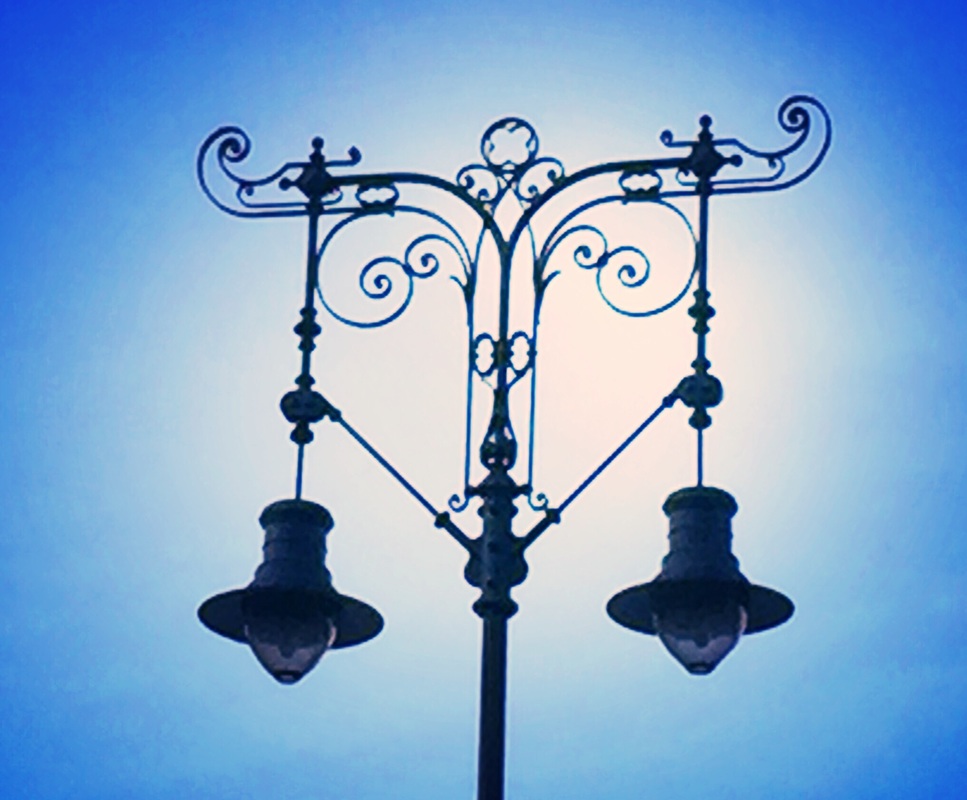
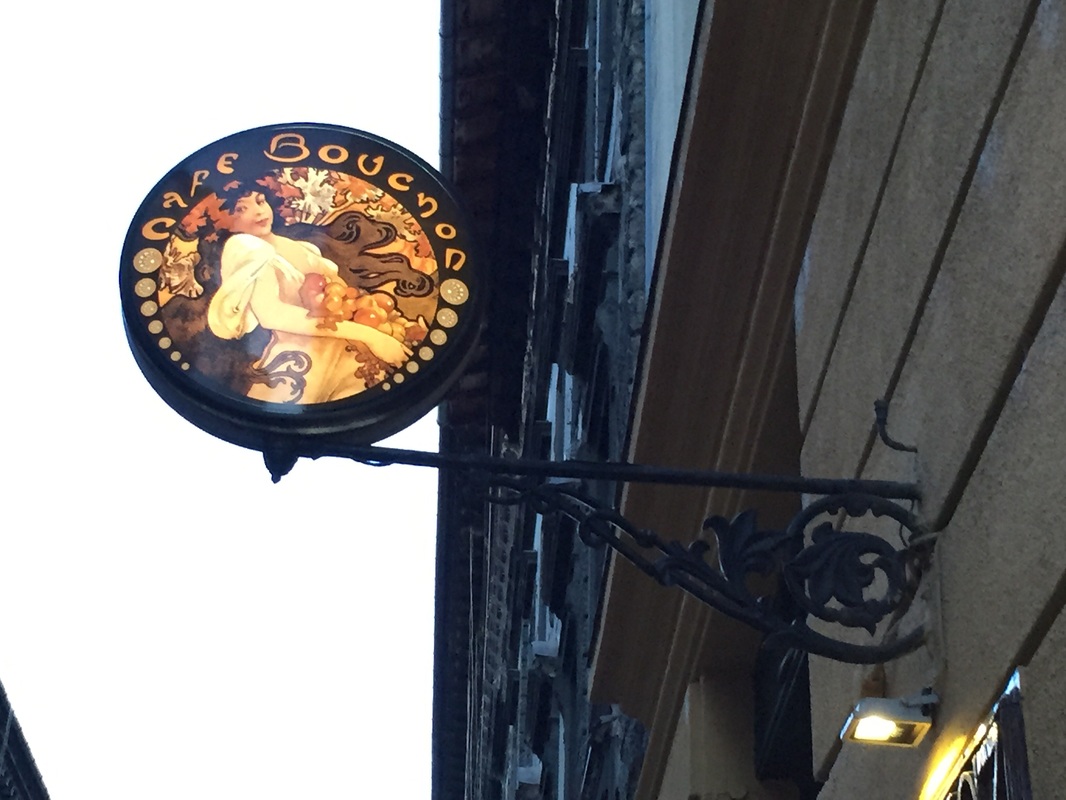
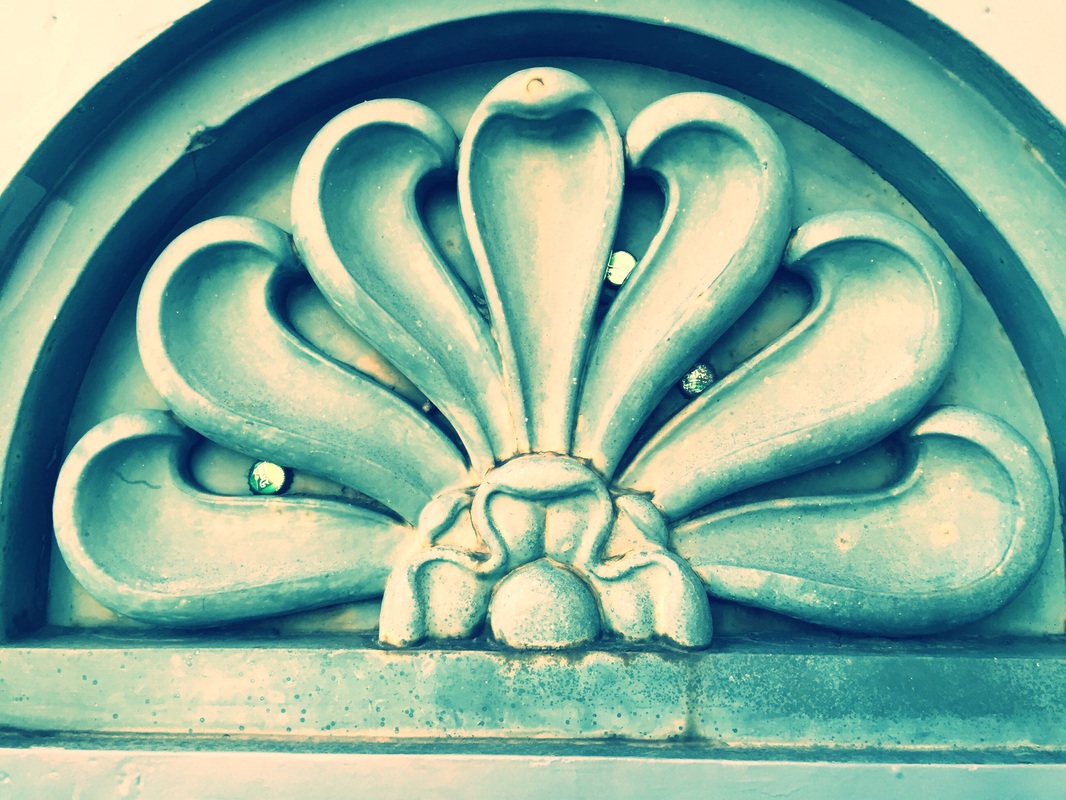
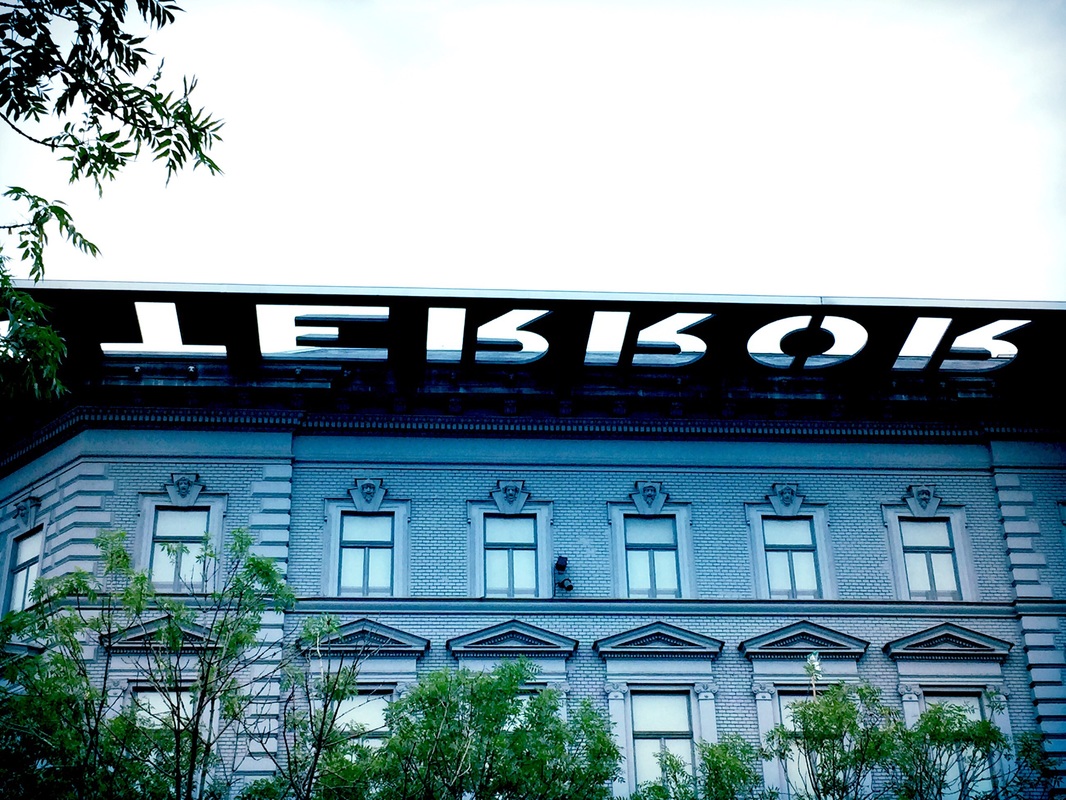
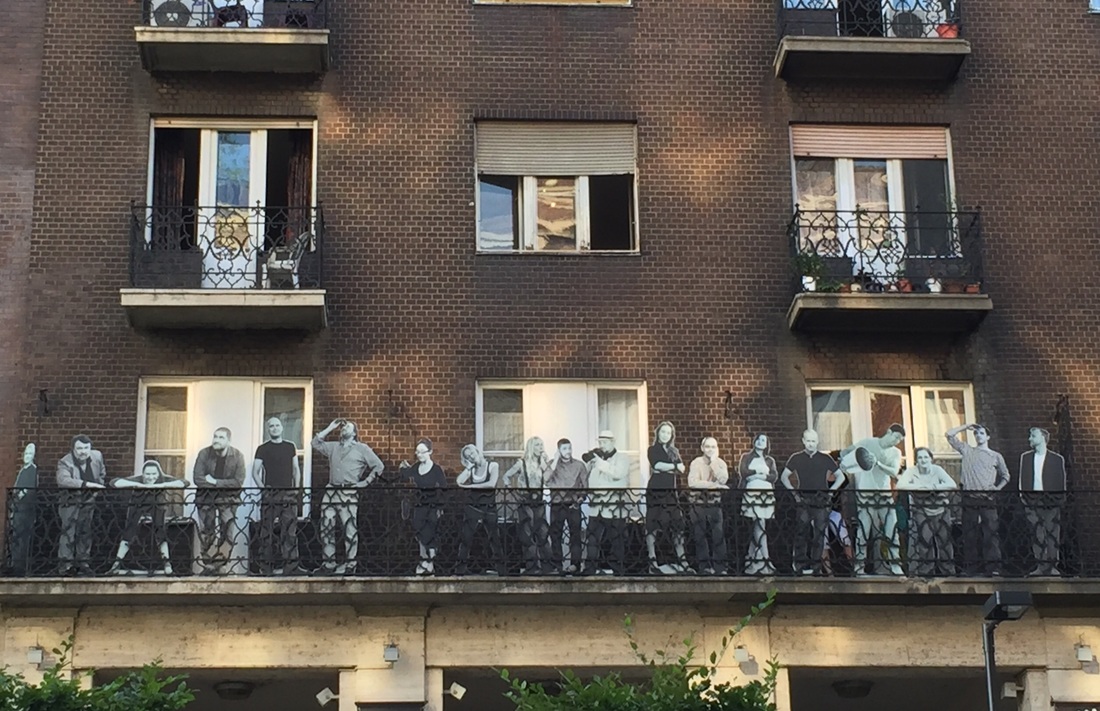
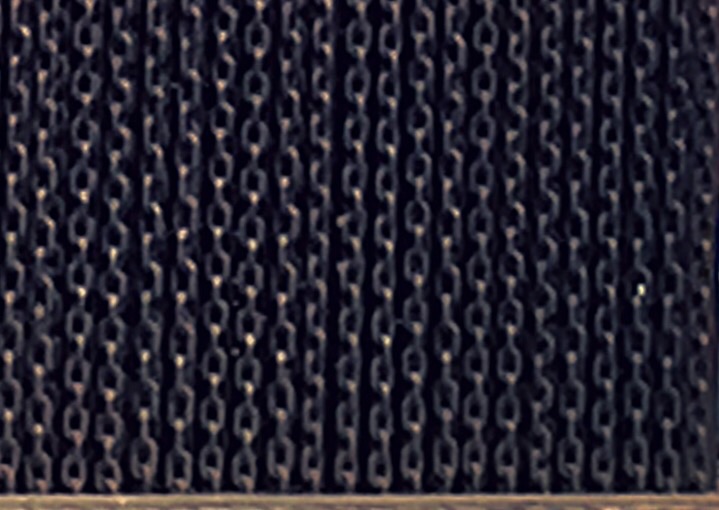
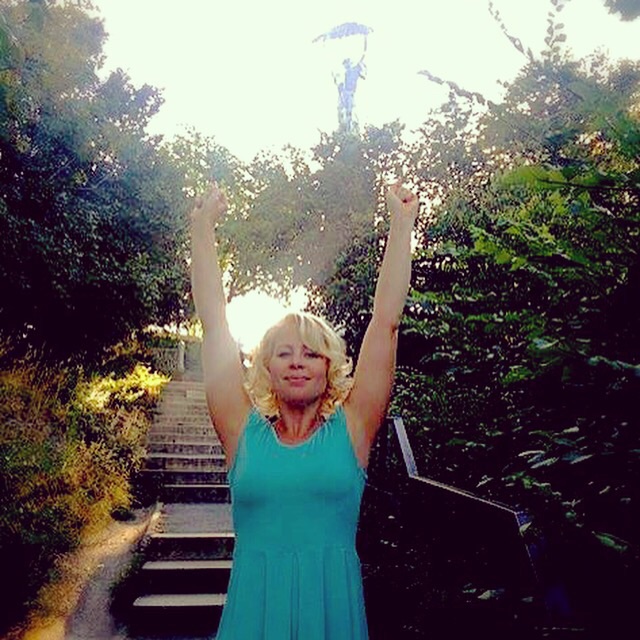
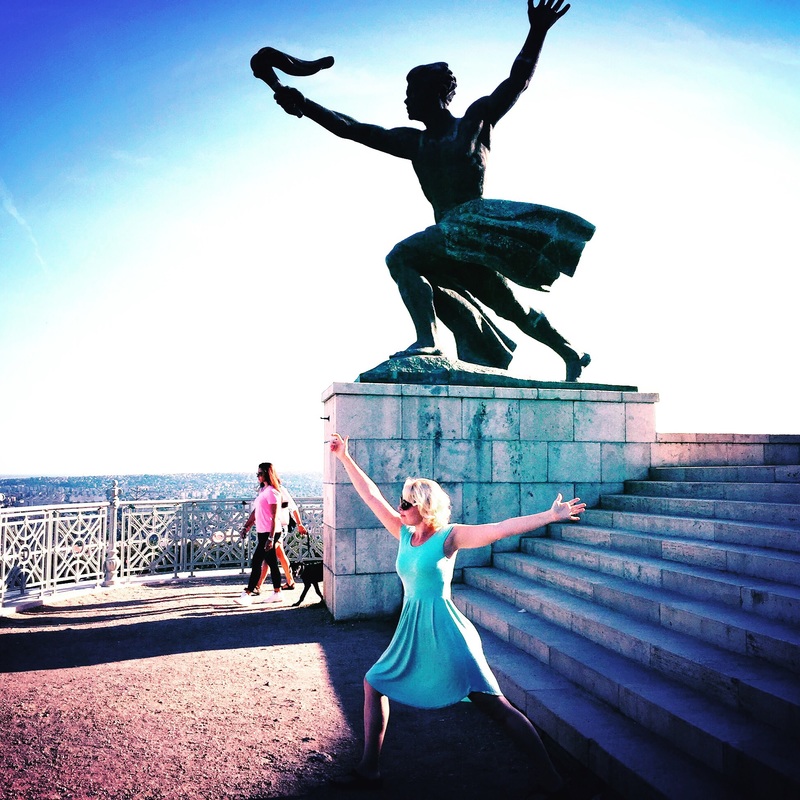
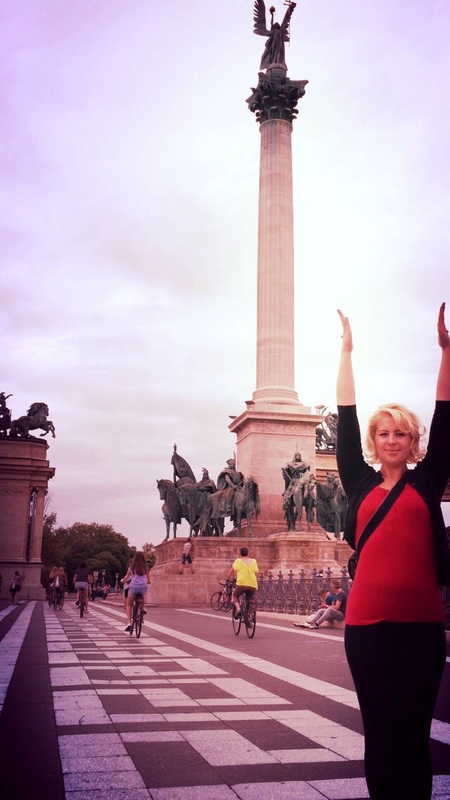
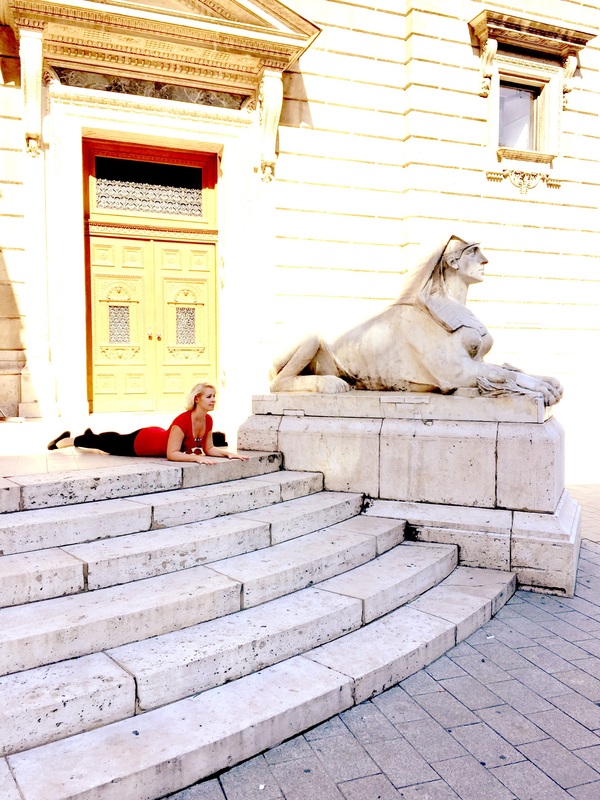
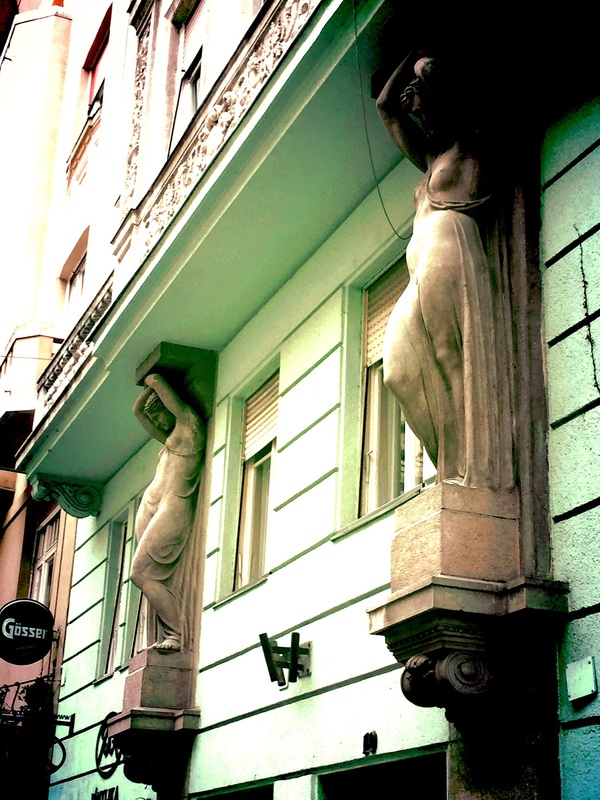
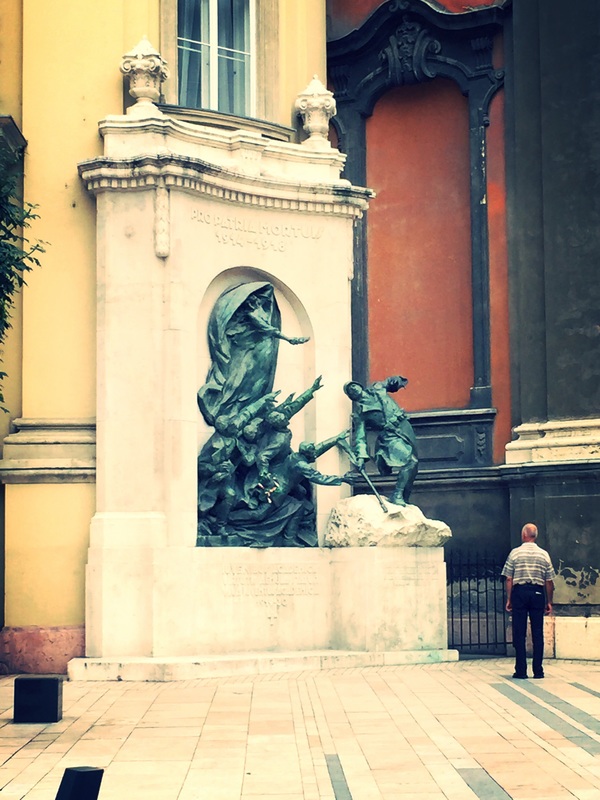
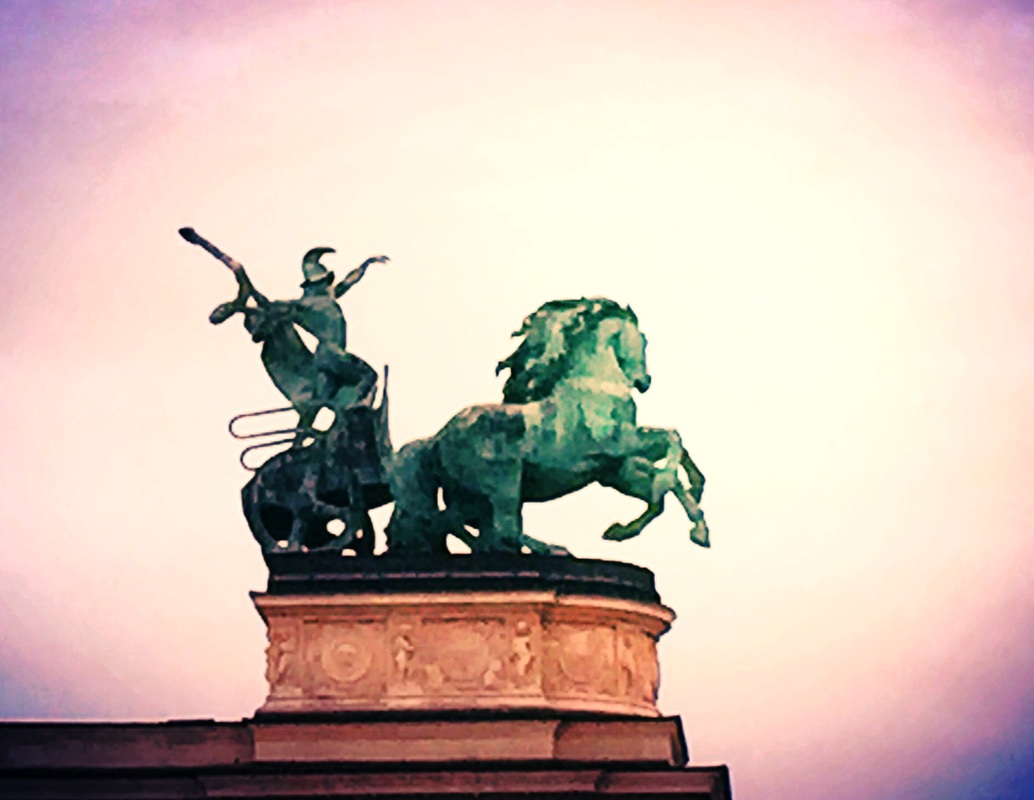
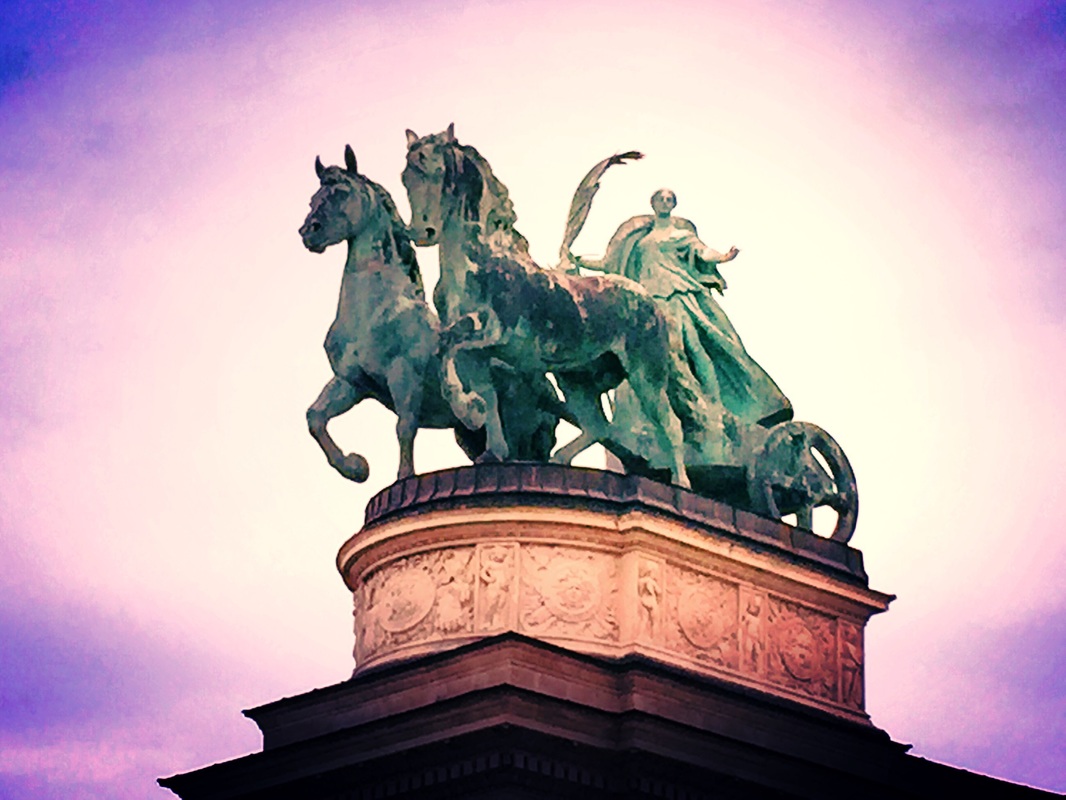
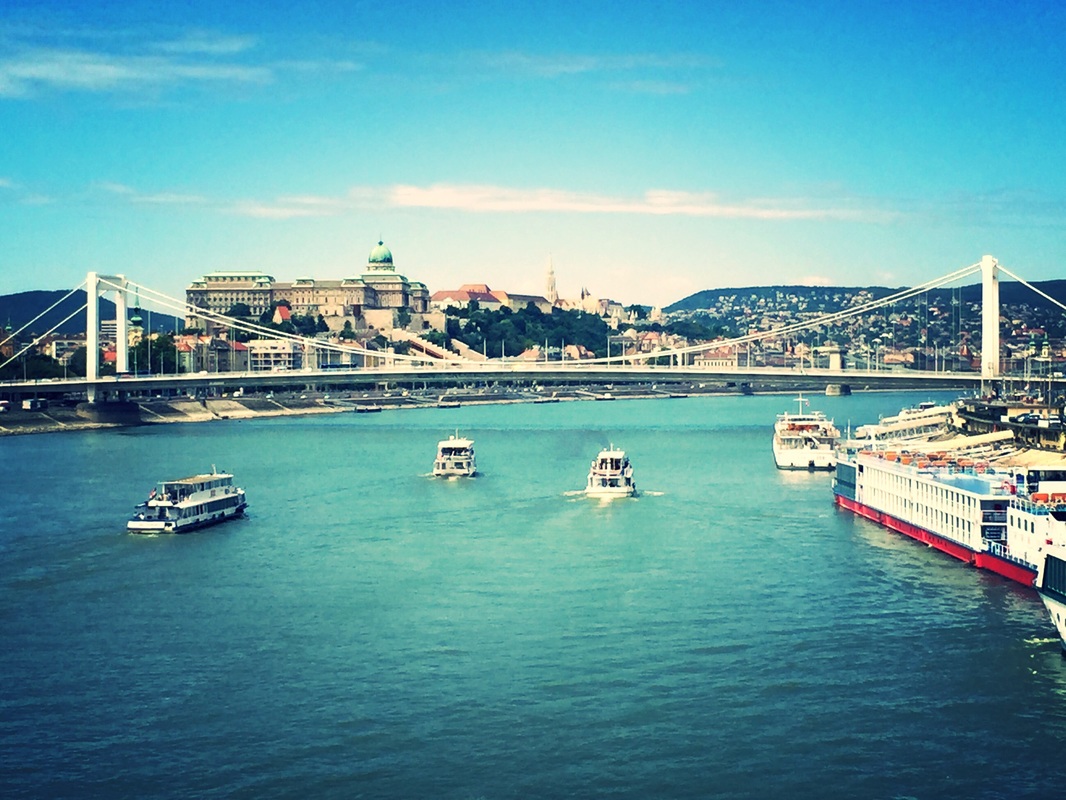
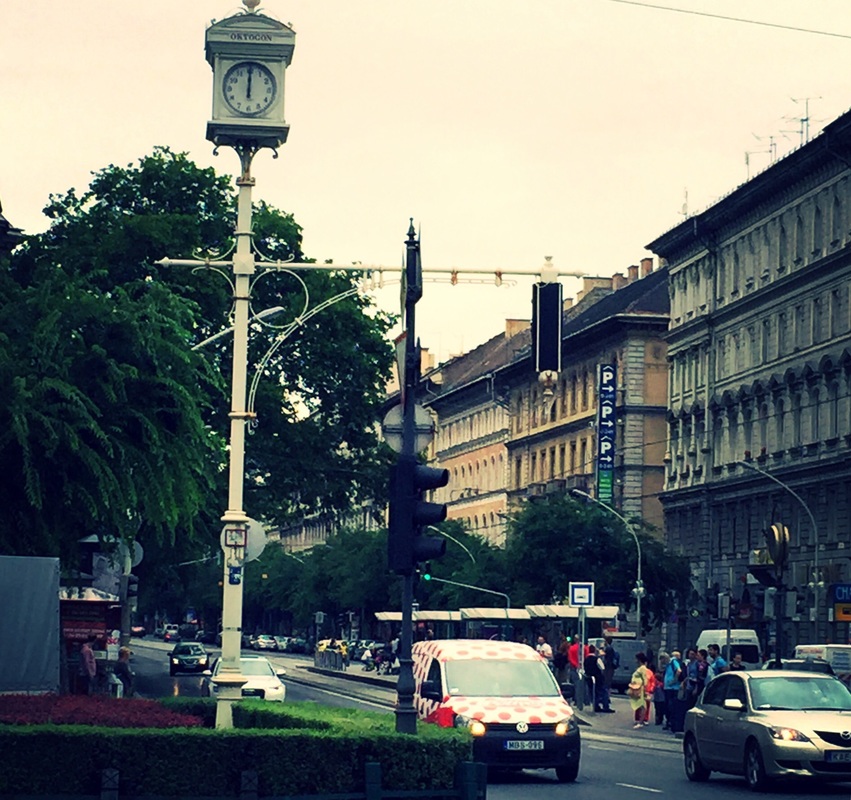
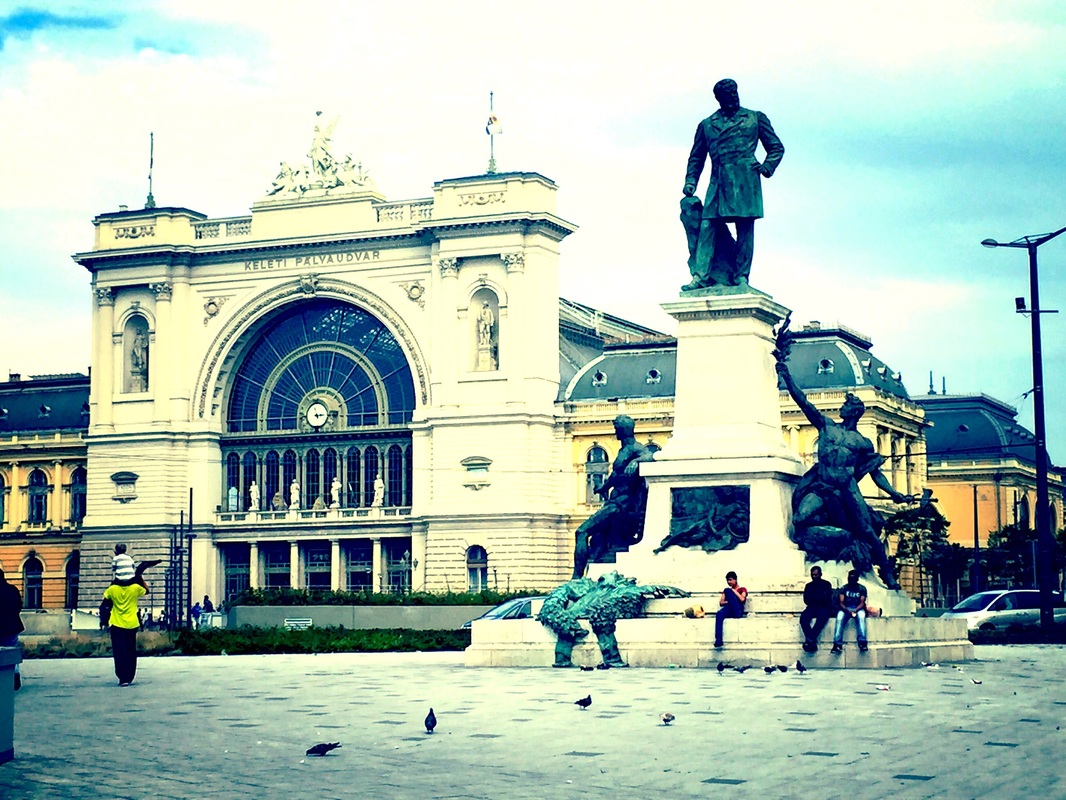
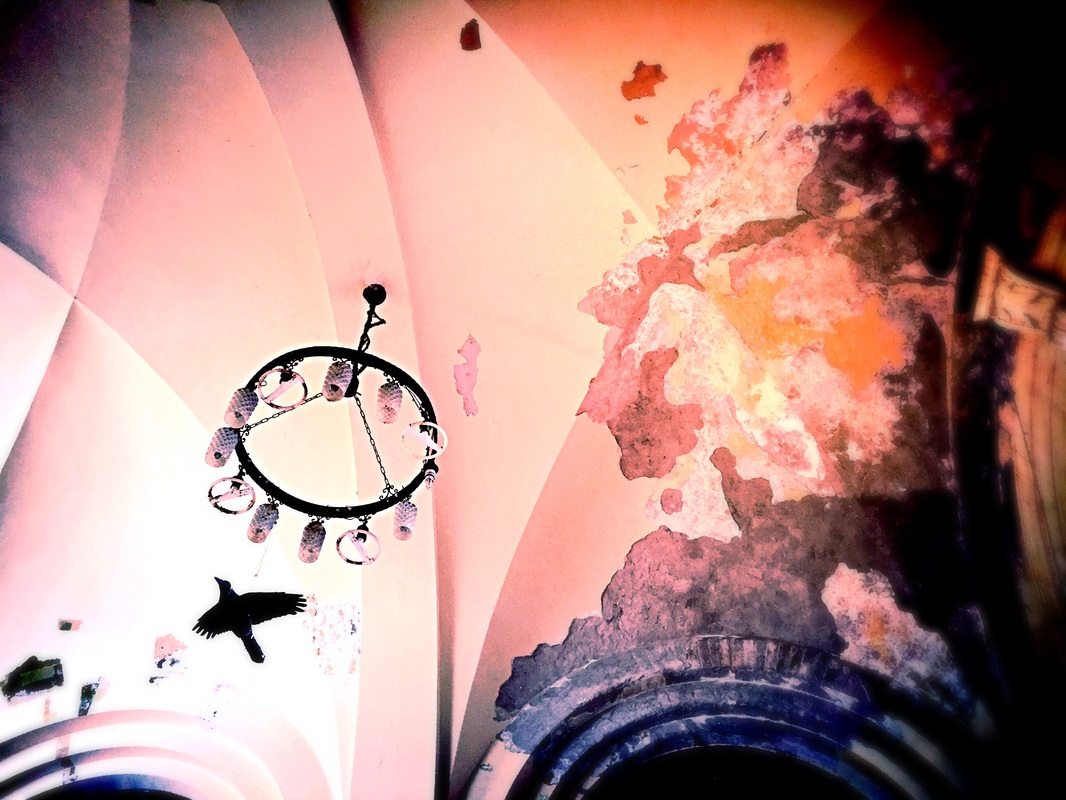
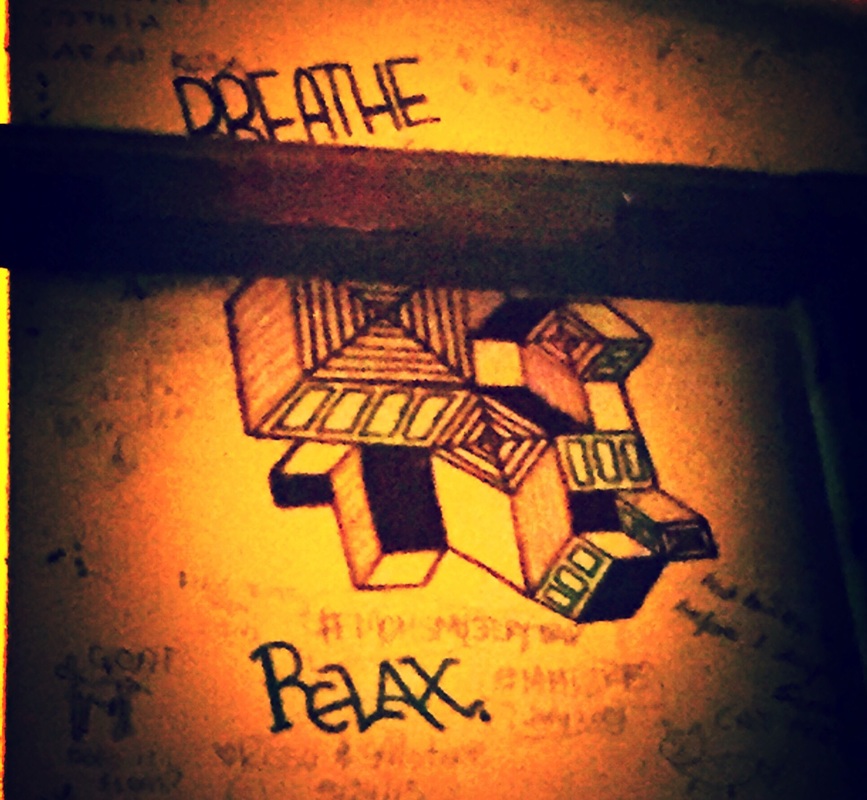
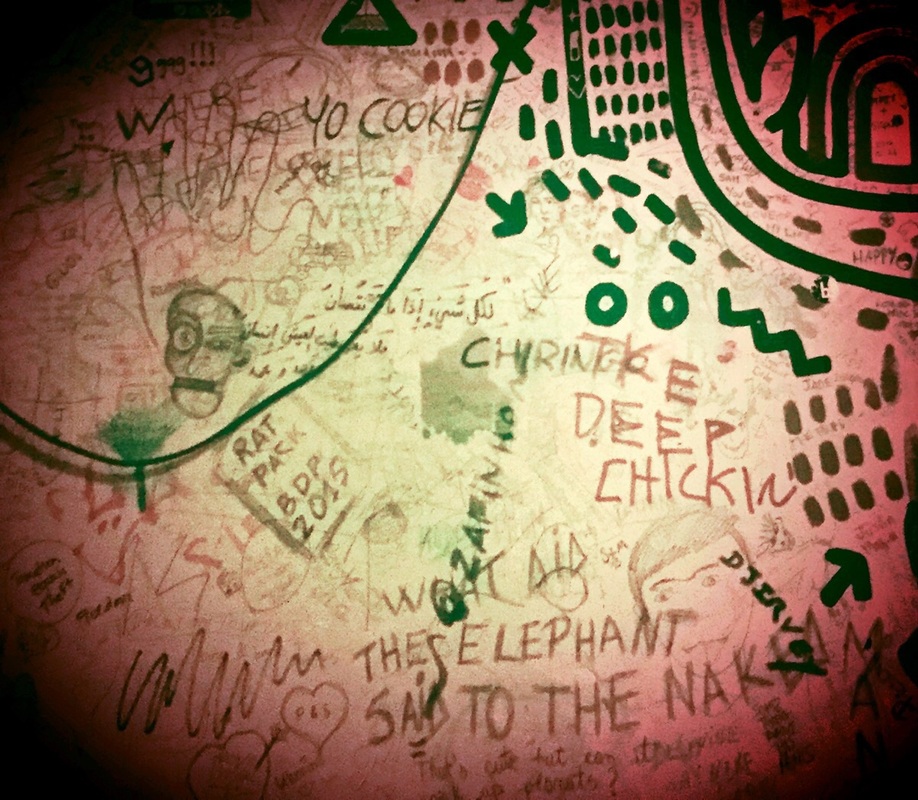
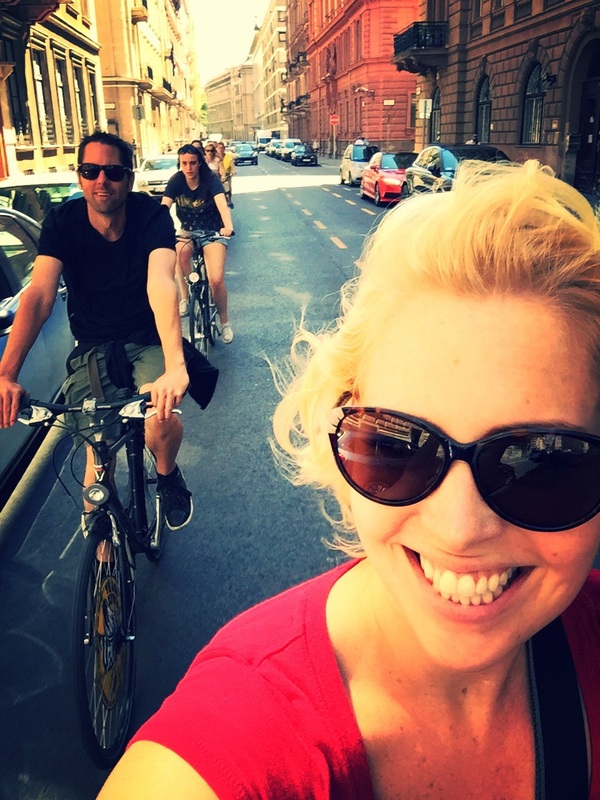
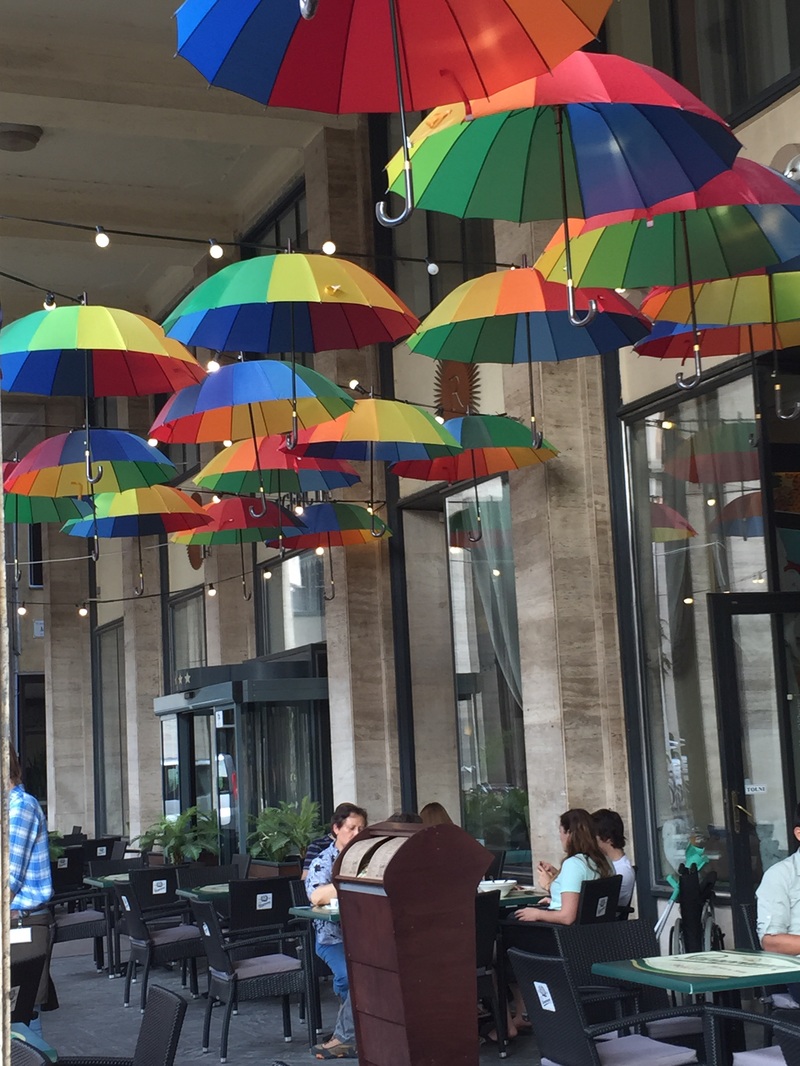


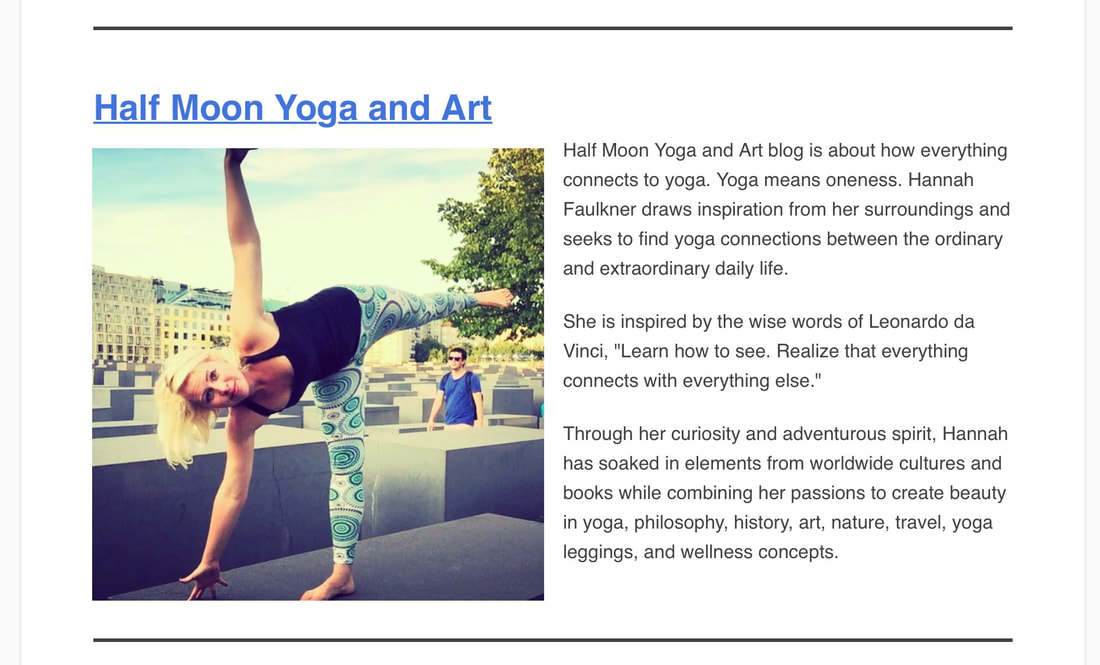





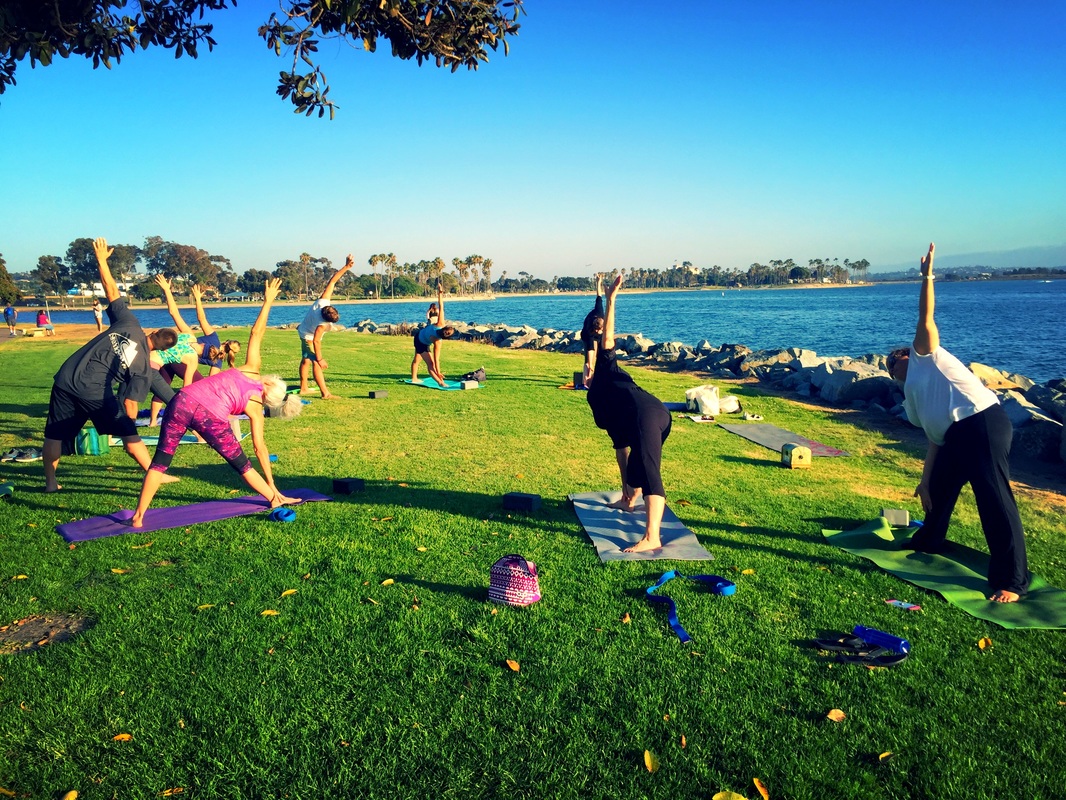
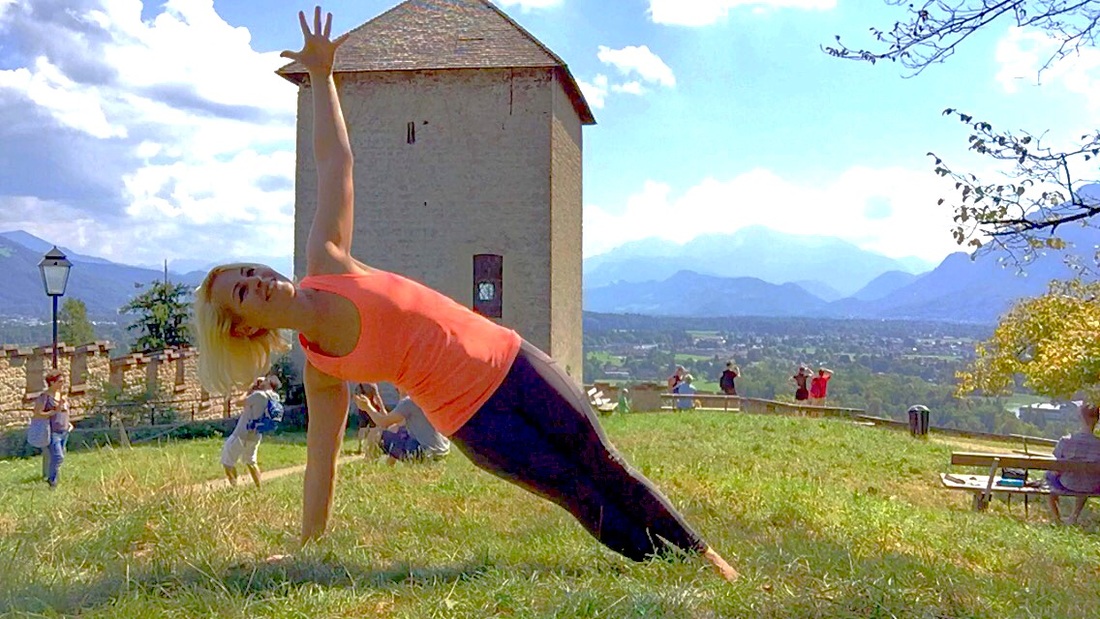
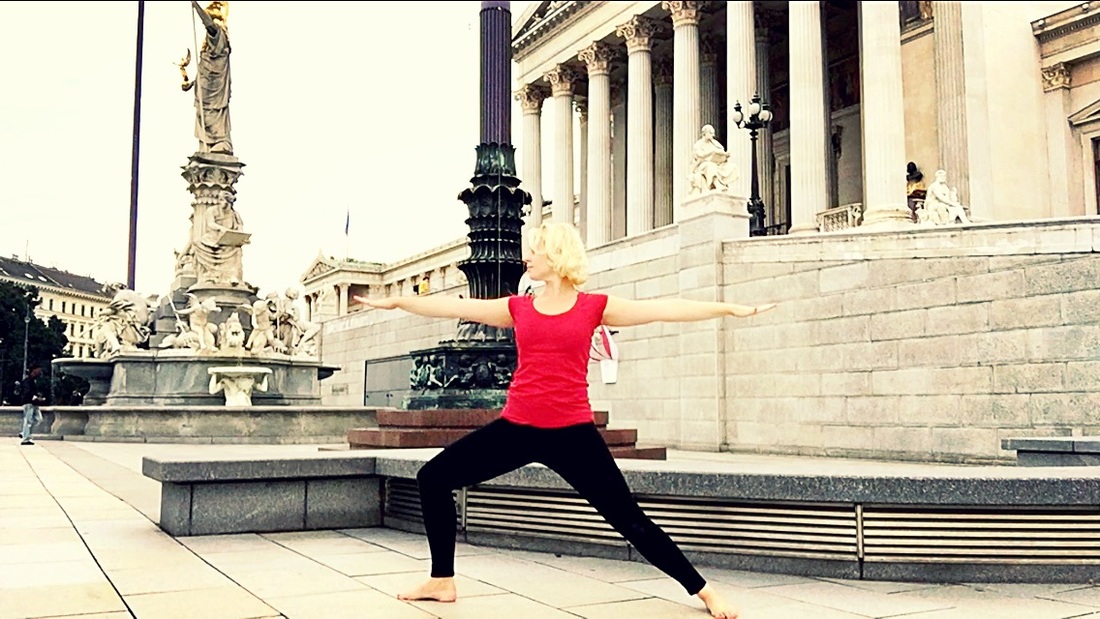
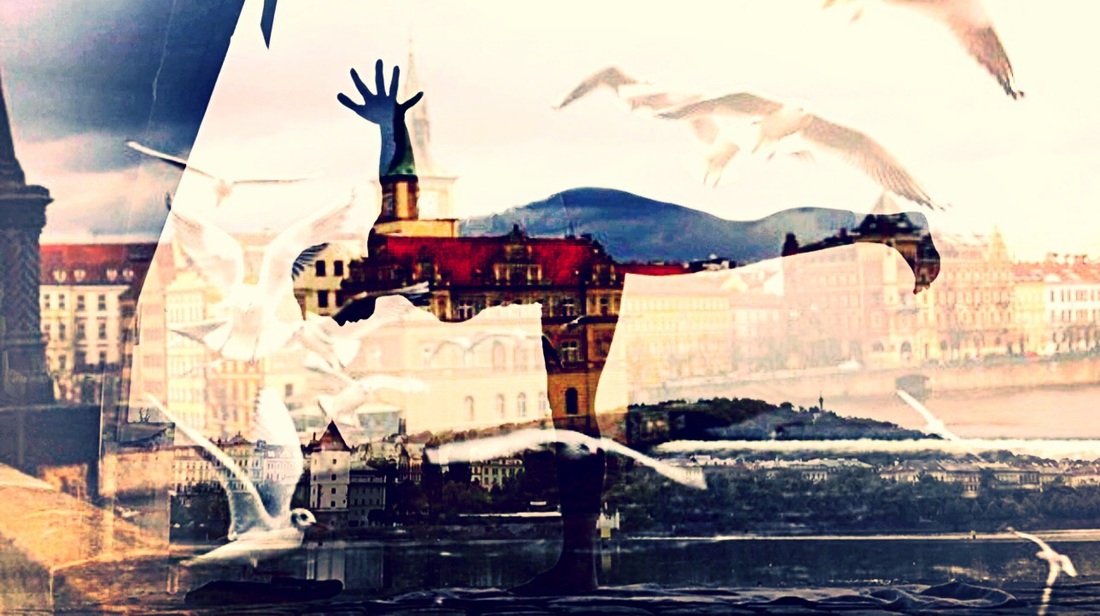
 RSS Feed
RSS Feed